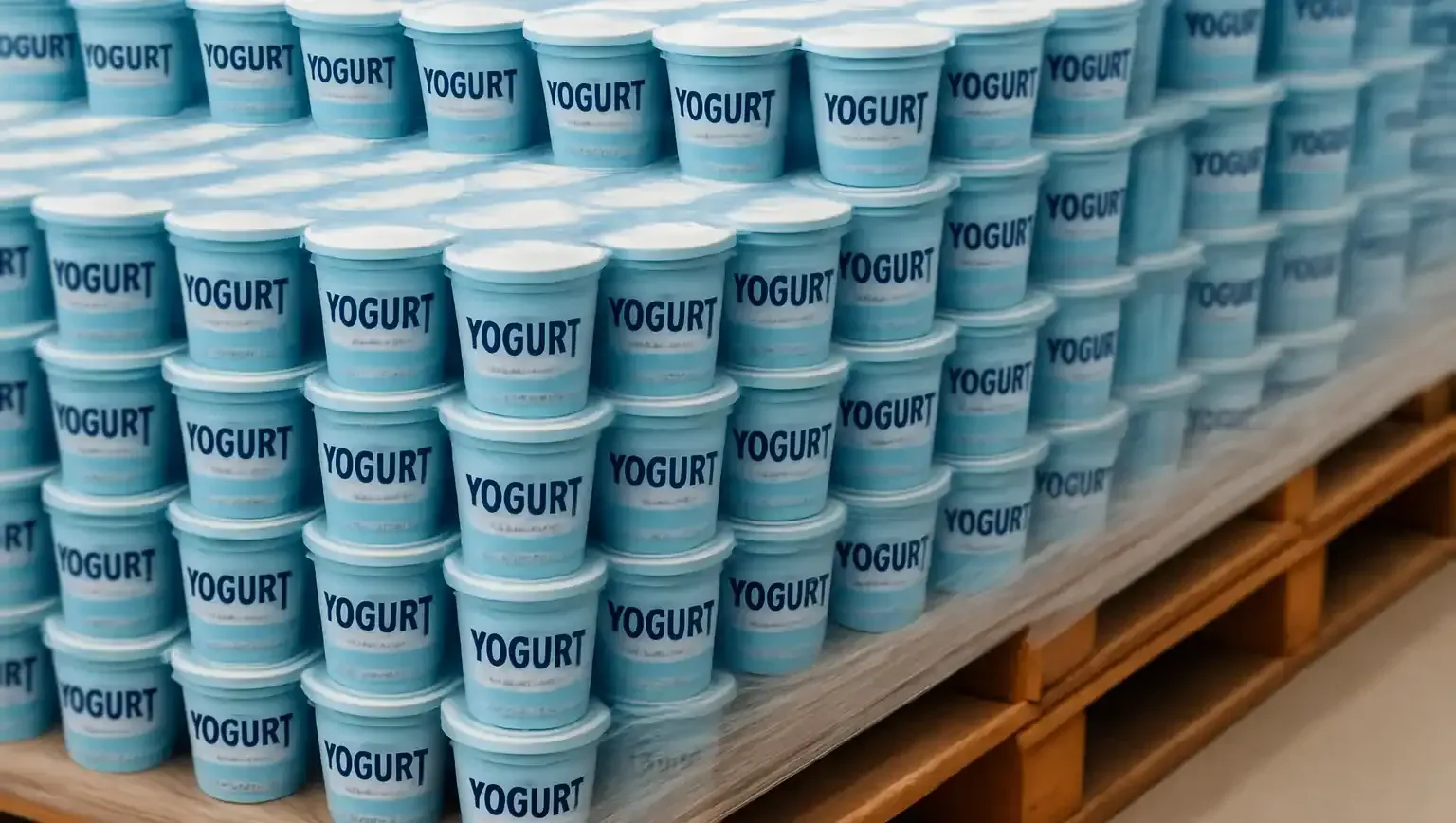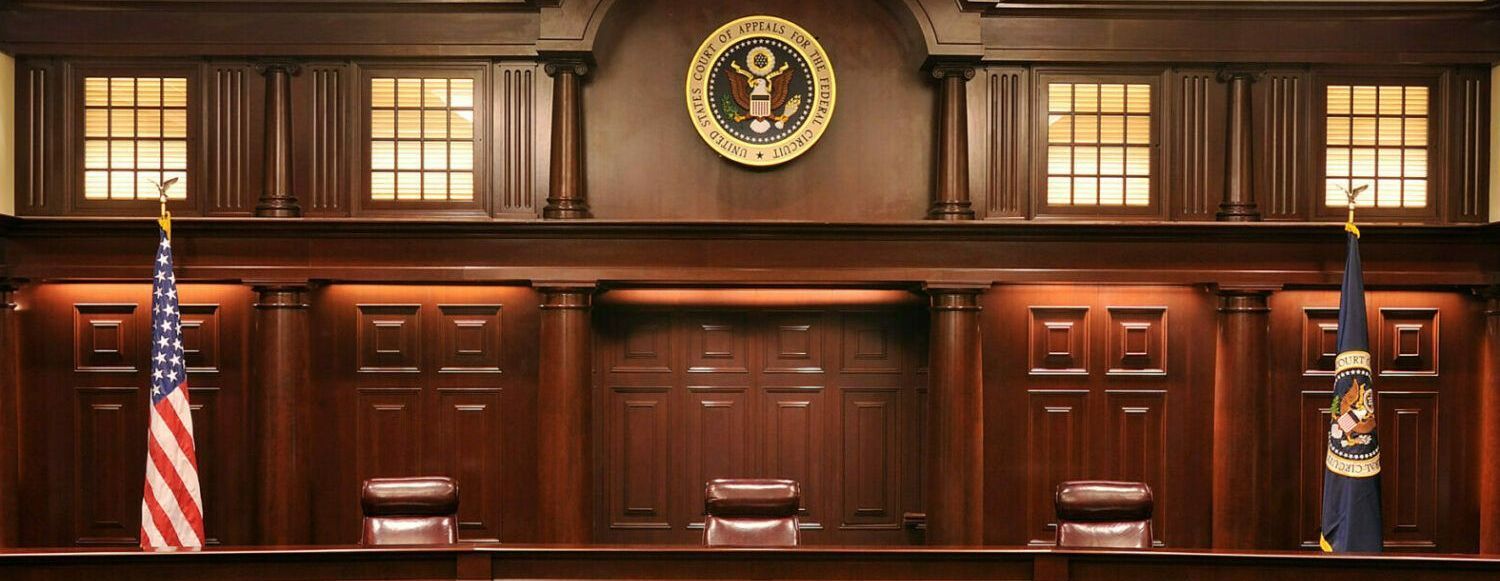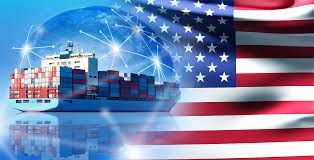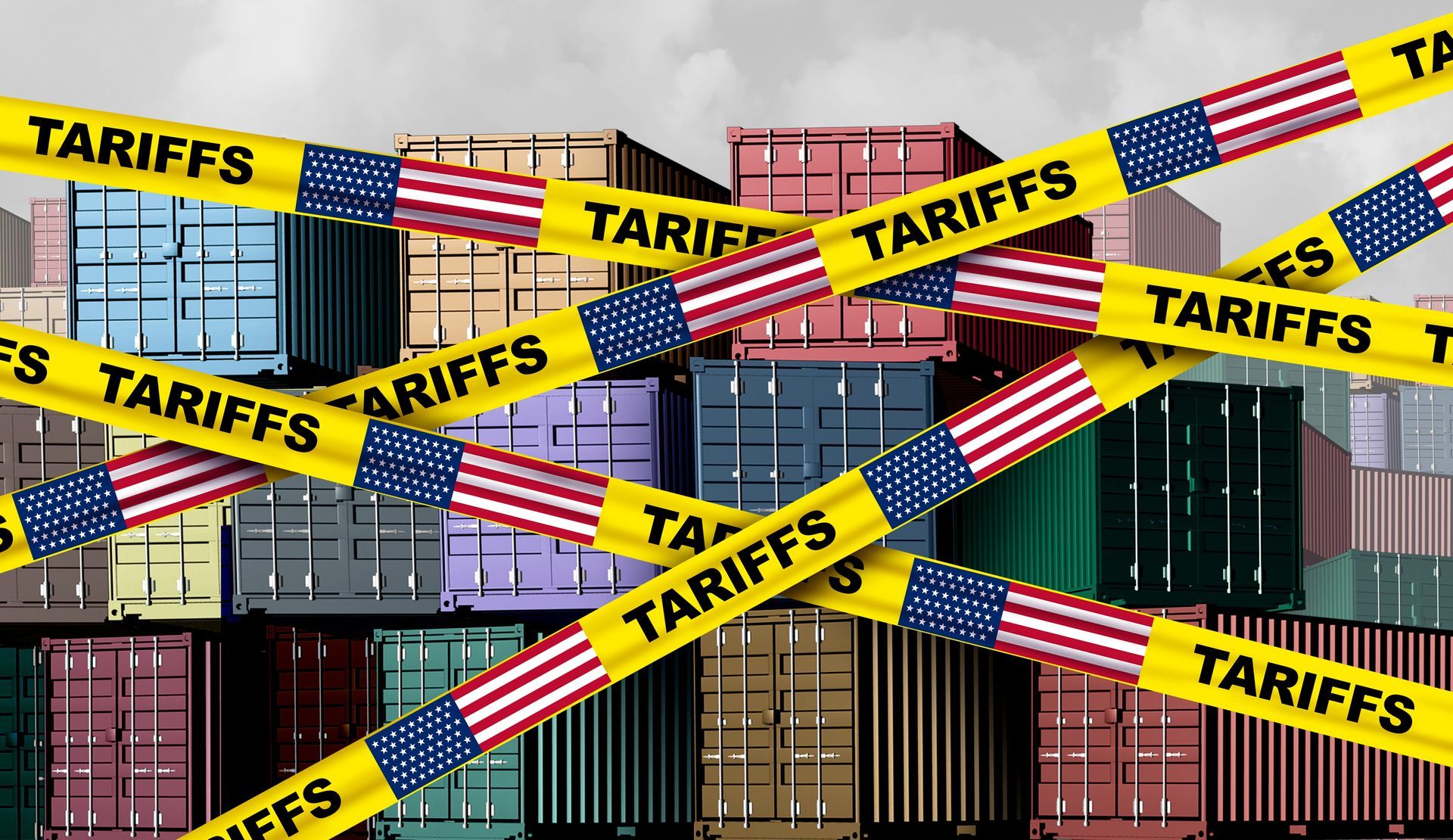What You Should Know About Free Trade Agreements
47% of U.S. goods that were exported in 2015 went to FTA partner countries
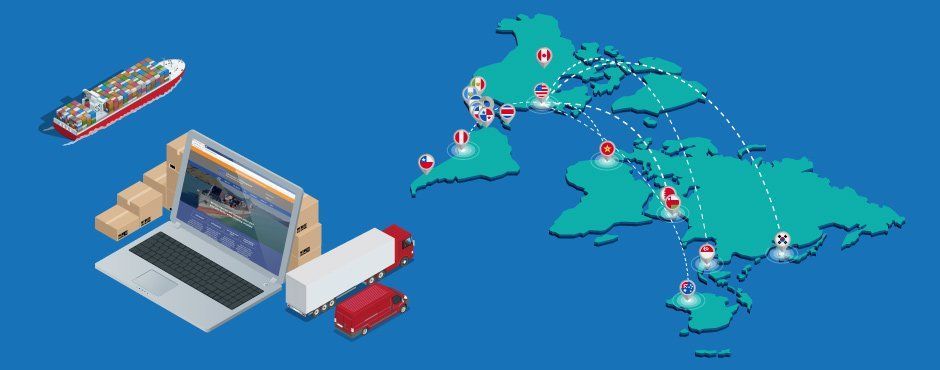
Utilizing the benefits associated with Free Trade Agreements (FTA’s), is one of the best ways for U.S. exporters to sell their goods and services in foreign markets. Because there are fewer trade barriers, FTA’s enable U.S. companies to compete internationally. According to the International Trade Administration, 47% of U.S. goods that were exported in 2015 went to FTA partner countries. Those exports totaled $710 billion dollars. Many companies do not take advantage of the savings afforded them by participating in trade with FTA countries because they (1) are not aware of them, (2) do not understand them, or (3) do not have the resources to implement them.
Step 1:
In order to benefit from what a FTA has to offer, one must first know which countries actively participate in free trade with the U.S. To determine which FTA’s are currently in effect, click on the free trade agreement website link below where you can find a complete listing.
http://trade.gov/fta/
Step 2:
Understanding the details of a FTA is difficult. In order to take advantage of these agreements and benefit from the reduced duty payment, one must first understand the regulations and then perform the necessary qualification determination. This analysis begins with an understanding of the Harmonized Tariff Schedule (HTS), to ensure that the goods are properly classified.
Step 3:
Once the goods have been classified, the exporter must determine and understand the rules by which the good will qualify under the appropriate Harmonized Tariff heading. The qualification will involve either a tariff shift ( going from one HTS number to another as the result of a manufacturing process
), a determination of regional value content ( how much value is added during the manufacturing process
), or a combination of both.
Most companies do not have the resources or the expertise to do the proper free trade analysis. Often companies will fill out the certificates of origin without a complete understanding of the rules and regulations. This can result in a Custom’s audit (by U.S. Customs or the Customs Officials of the country you are exporting to), a possible imposition of penalties and ultimately a disruption in your exporting and/or importing pattern.
These potential issues should not stop you from taking advantage of all that a FTA has to offer. For over 30 years, ITM has been helping companies save millions of dollars while ensuring complete compliance. The experienced staff at ITM has a vast knowledge of the Regulations and extensive experience with various FTA’s across a diverse variety of industries. We can help you navigate the process with minimal effort on your part.
Contact us at www.tariffmanagement.com
for a no cost analysis of your situation and a solid proposal to start saving you money.
Get actionable advice on cost-saving strategies that boost your bottom line.
Subscribe here:


